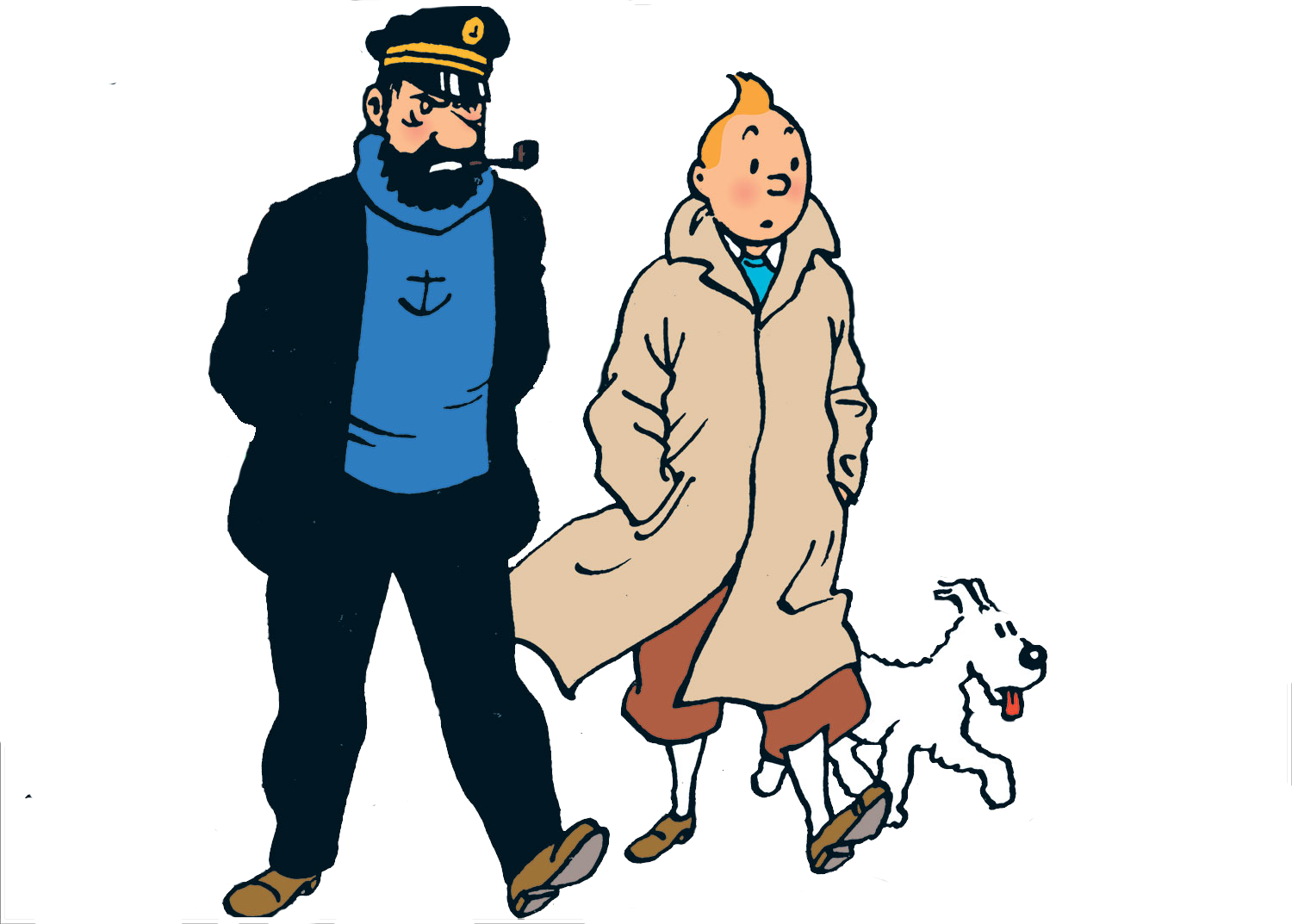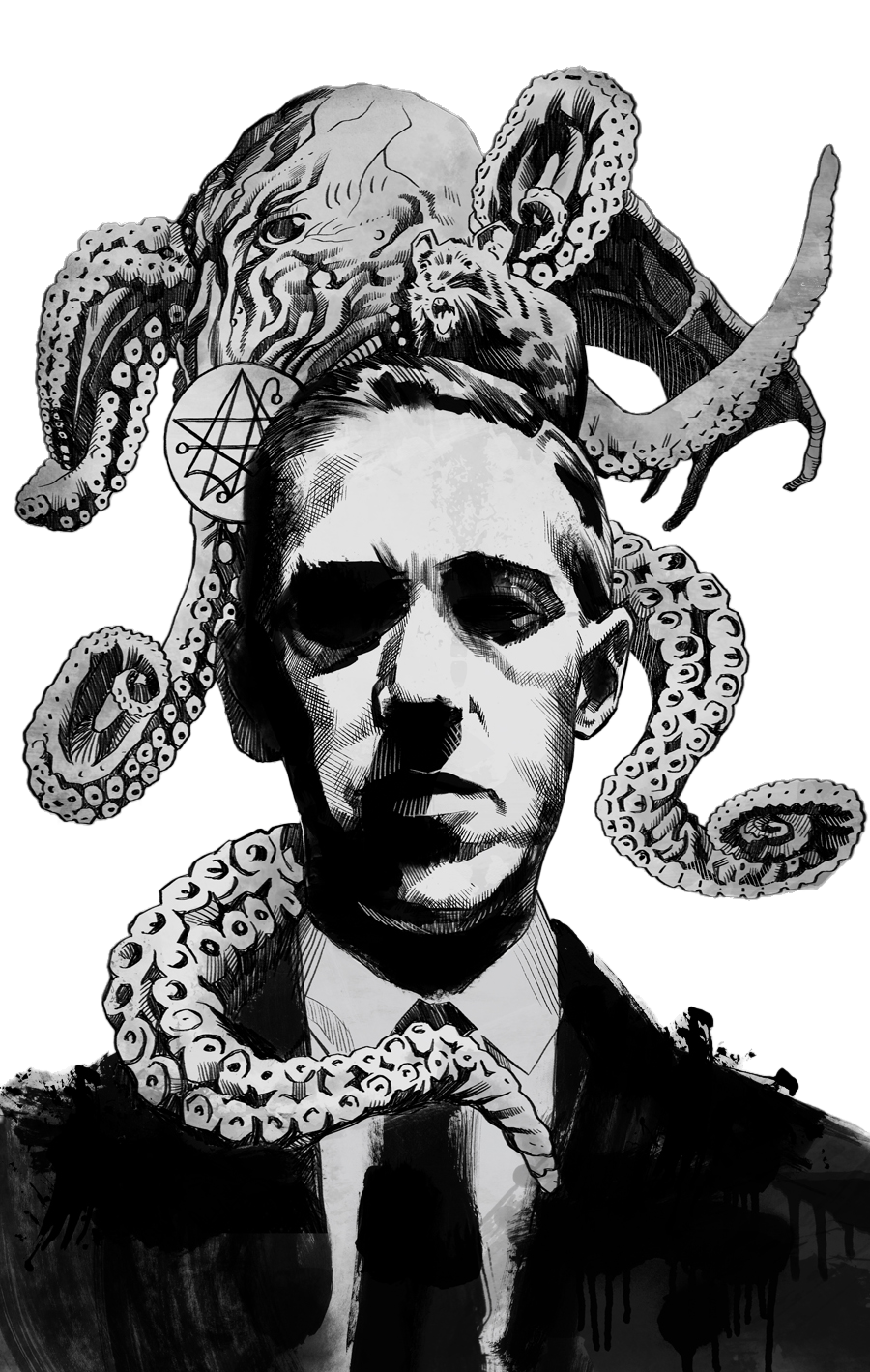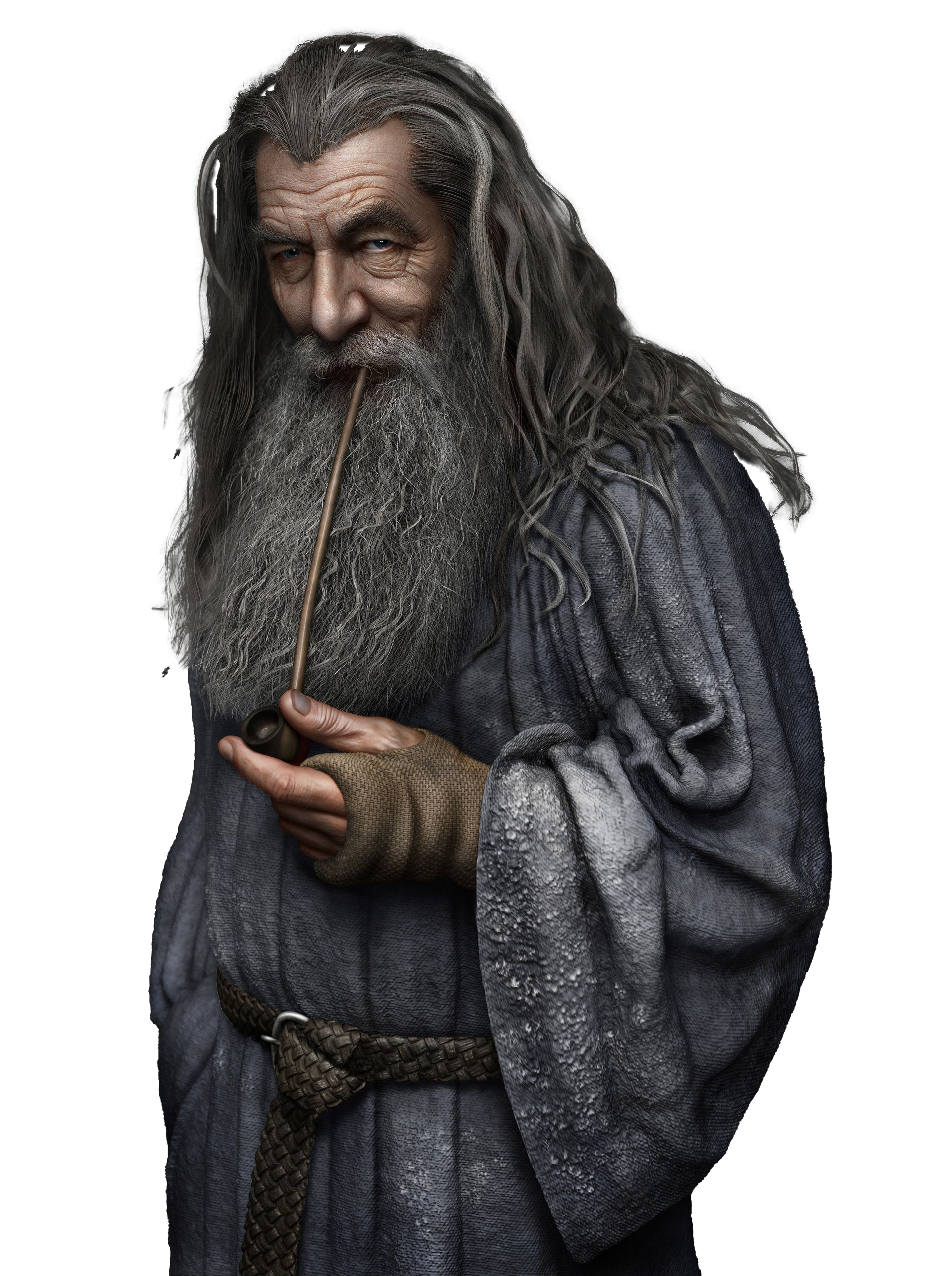TINTIN AND MISCHIEF

The grim setting of Maledictio Existentiae is offset by a grim comedy ranging from slapstick, irony, and Gallows Humor.
As one might expect, the world is not a pretty place once you get into the nitty-gritty corners of the earth. Many nihilistic ideas permeate modern society, but none so prevalent as the idea of the smallness of the Human race in the universe.
From "The Call of Cthulhu" to "The Shadow over Innsmouth," The writings of H.P. Lovecraft have been an integral inspiration for the setting of Maledictio Existentiae. A setting rife not only with wars and conflict between groups, nations, and whole races of people. But also subject to the whims and manipulations of gods far beyond the understanding of even the most learned theologian in this world.
However, one core theme that Lovecraft was decidedly against including in his works was the idea of hope. At least, hopes not perverted by dark magics or the influences of monstrous forces. This reflected his dark perception of reality and the cruelty that he had faced in his life. I can't say I entirely understand the man, but I seek to spin some small silver linings in such a grimdark setting as this.
After all, Why struggle in a miasma of rain and anguish if you cannot see a silver lining within the heart of the storm?
LOVECRAFTIAN HORROR

TOLKIEN AND WONDER

It takes a special kind of mind to make a world so beautiful and wondrous, in spite of war, demons, and the cruelty of mortals. And one man who saw the beauty in our wicked, wicked world was John Ronald Reuel Tolkien.
While I take inspiration from his "Lord of the Rings" trilogy of books, I take more inspiration from his collection of writings called "The Silmarillion." This is a massive grimoire that contains all the background lore that built up to the Rings and Hobbit Trilogies.
It's this that inspires me to create the kinds of environments that dot the realms. Of course, I put my own wicked spin on this. From radioactive wastelands, plains where the very ground you step on is flesh, to forests of parasitic mushroom spores.
But these are contrasted by the majesty of mighty forests, the vistas of mountains, and the tranquility of coastlines and the odd wonders that are housed in such. In a dark world, there is still beauty.
It is often said that reality is stranger than fiction. And it is true. We live in a world where the most dominant empire known to man was led by a tribe of spear chucking Italians, where said empire was subverted by the martyr of a Jewish carpenter.
Theology, contrary to my previous snideness, is a fundamental part of my life and informs my decisions regularly. As such, there are elements of Christian teaching in my writings, sometimes unalter, sometimes subverted but always present.
Also very present is my love for history, be it the history of the World Wars, the expansion of the United States, and the various cultures that give this world variety! However, the main vibe I wanted this setting to exude was a more apocalyptic interpretation of the fall of Western Rome. Demons running amok while the remnants of mortal empires try to maintain control.
THEOLOGY AND HISTORY


Test